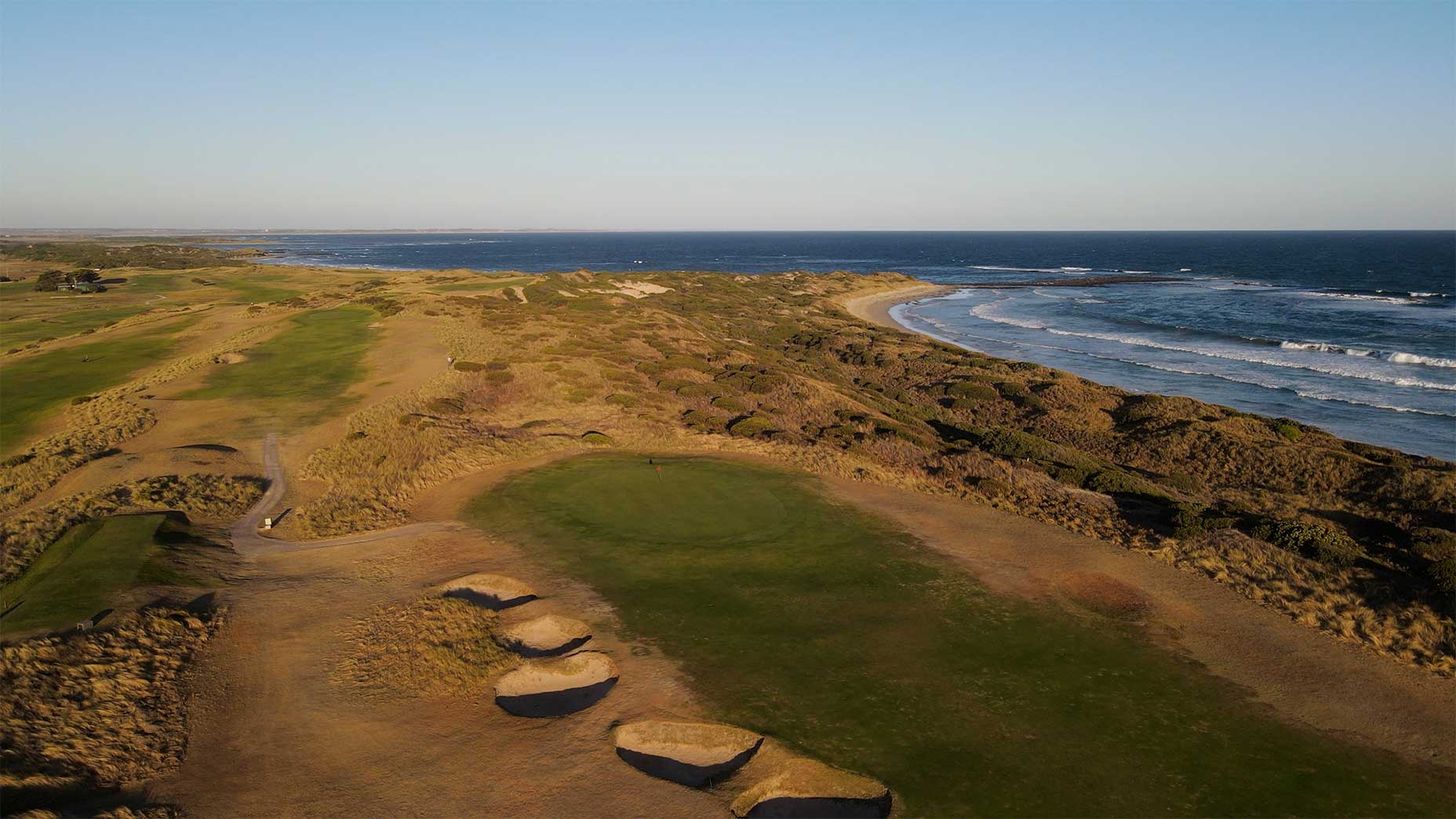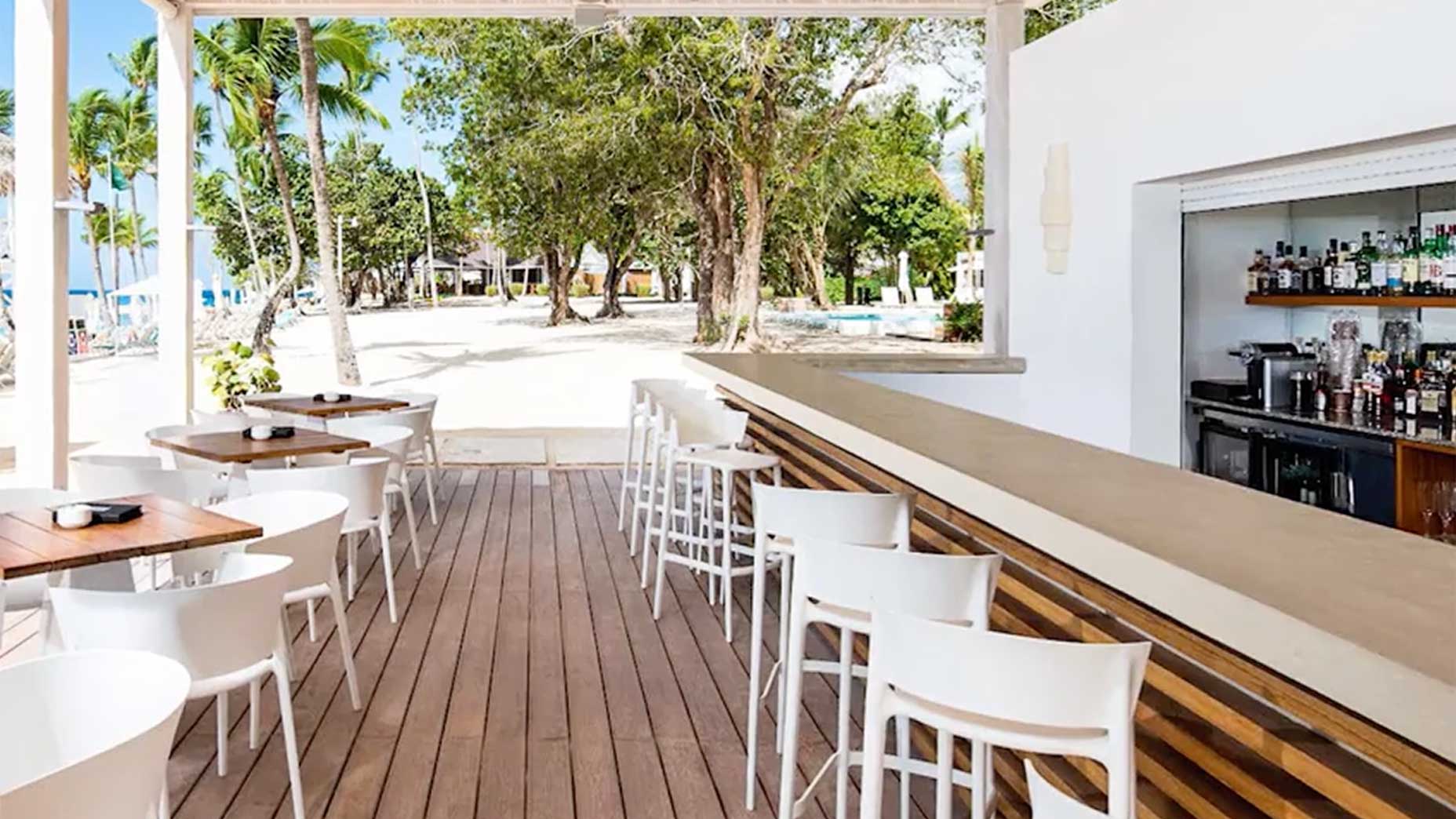 Houston golf guide: 6 great public-access courses near Memorial Park
Houston golf guide: 6 great public-access courses near Memorial Park
What makes a road hole one of the most iconic holes in all of golf?

Welcome to A Beginner’s Guide to Golf Course Design, where we’ll dig into the history, design and meaning of golf course architecture terms you’ve probably heard before but might not fully understand. We’ll explain all of the above in an accessible Q&A format, and better yet, teach you how to identify these features and plan your attack for the next time you see one, saving you strokes along the way. In this installment, we’re breaking down road holes.
Don’t we play golf on grass? What is this road hole nonsense?
The road hole template is one of the most iconic and well-known in the game. Taken from the 17th at St Andrews, the hole is tough with no reprieve or way to avoid the danger.
The hole usually features an option on the tee. One side of the fairway is wide open and easy to find. The other is guarded by a hazard or bunkers, possibly with a forced carry (a hotel at St. Andrews). Taking on the hazard does give a much better angle of attack into the green.
Up at the green, there is a large pot bunker guarding the front portion of the green, angled to the easy side of the fairway. The green is shallow between this front bunker and a hazard (the actual road at the Old Course) that runs along the back opposite side of the green.
If you play to the safe side of the fairway, you will have a longer approach in, over the pot bunker, and balls will often roll into the back bunker or the hazard. It is an immensely difficult shot. Keeping the ball up the tough side of the fairway makes for a much easier approach shot where you can avoid the pot bunker. The problem is, the road hole makes finding the strategically beneficial side really hard.
As with most of the other template holes, CB Macdonald found the idea while at St. Andrews University (he didn’t have to travel far to find this one) and brought the idea with him when he started designing courses in the U.S.
I think I remember the road hole on the Old Course, but remind me
The original road hole is the 17th at St. Andrews. Originally a par-5, the hole now plays as one of the most iconic par-4s on the Open rota. This deadly version is especially wild now because the ideal angle of attack is over the hotel down the right side of the fairway. If you play it safe out to the left, chances are you’re ending up in the dreaded pot bunker. Hitting from the right side of the fairway to the front right of the green and letting the ball roll back is the ideal strategy, though much easier said than done. The green features a false front and is backed by Old Station Road, where the hole gets its namesake. This design shows how much one bunker can change a hole’s entire strategy.
Is there a way I should play this? What’s the secret?
Each road hole is different, and whether you are long enough to carry any hazard makes a difference in the strategy as well. But an important thing to think about with road holes is when you want to take on the risk. You are going to have to hit a difficult shot at some point, either on the tee or approach. Are you confident in your bunker game if you end up in the pot or road hole bunker? Or would you rather play super conservative and just make sure you never end up in any deep (no pun intended) trouble? Regardless, it’s always fun to play a hole that makes you feel just a little bit closer to the home of golf.
ADVERTISEMENT
Do they all have roads?
St. Louis Country Club 4th
While not the most difficult of road holes, St. Louis CC’s rendition is fun because it actually is backed by a road! The 410-yard par-4 plays as a mirror to the original, with the left side giving the better angle of attack to the green. The green is guarded on the right by a bunker, and on the back left by a long, narrow bunker that replicates the road. But then behind the right side of the green is an actual road, a fun touch.
Cape Kidnappers 14th
Cape Kidnappers in New Zealand is one of the most beautiful settings for a golf course in the world. Then add onto that the superb architectural work of Tom Doak, and you get heaven. At only 350 yards, with the correct wind, players can reach this green. But trying to get it close requires keeping your shot down the right side, where all the trouble, including some nasty bunkers, is. The front of the green funnels down into a vile pot bunker.
National Golf Links of America 7th
Titled “St. Andrews” in honor of the original, Macdonald built another wonder here. As the hole in Scotland once did, this one plays as a par-5 at 478 yards. The ideal side of the fairway is down the right, but there is heavy bunkering largely blind from the tee. The road pot bunker is difficult to even get a good stance in, and there are no guarantees of escaping. The back-right bunker is well below the green as well, making any recovery a tough challenge.
Piping Rock 8th
Another masterful road hole comes on the front nine at Piping Rock. Like St. Andrews, staying down the right side of the fairway helps you avoid a scary pot bunker, but that means driving it close to a grouping of trees and over two bunkers. As always, out to the left is a safe option, but you are really only procrastinating hitting a difficult shot. The green begins to curl around the front bunker, making it hard to avoid.
Shoreacres 10th
Seth Raynor built a terrific rendition of the road hole just after the turn at Shoreacres. There is out of bounds right and a drop-off to some rough as well. If carried down the right, the green opens up a bit, but this is a tough spot to fit it into. The green features the common false front, along with the back-road bunker and front pot bunker. Driving it over the gully is a tough ask. No matter what strategy you employ, this hole is going to be tough.
To receive GOLF’s all-new newsletters, subscribe for free here.
ADVERTISEMENT







